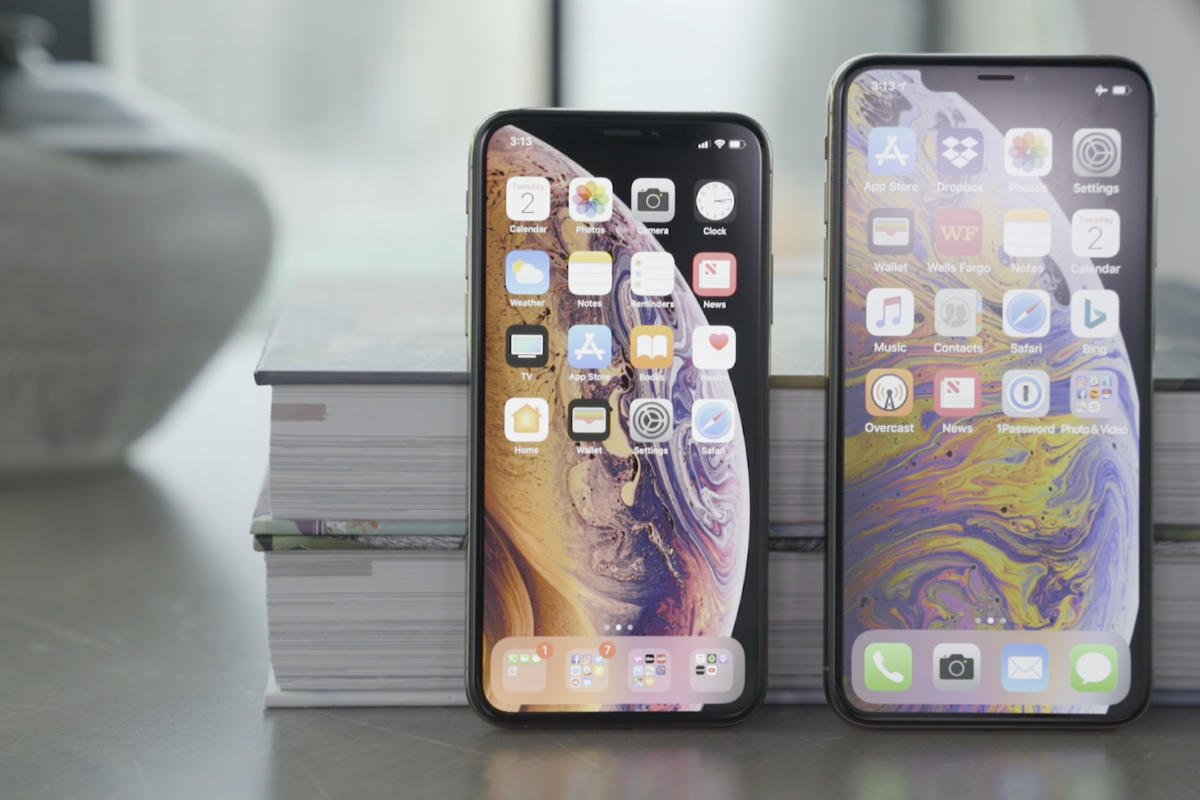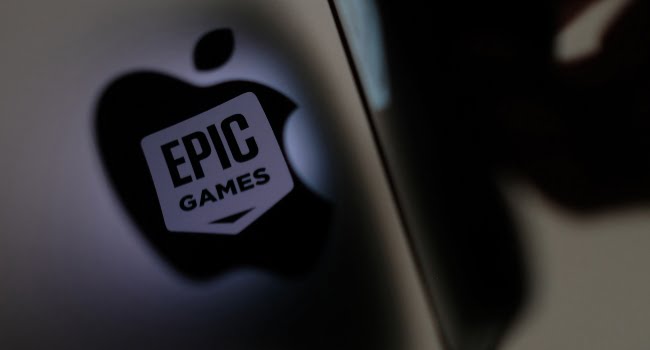Apple sets the scene for the next big thing (iOS 15)
Apple has reached a fork in the road and seems on course to maintain two primary iOS installations in the future, rather than driving all users to upgrade each year. While we’re being highly speculative, I think it sets the scene for the next big thing.
To upgrade or not to upgrade
Among the many tweaks and changes in iOS 15 is one that’s thought-provoking: a new control setting in General>Software Update that lets users make a choice:
- Update their devices to the latest version of the operating system.
- Or stick with the old OS (in this case,that will be iOS 14) for the time being, while still receiving security updates.
As Apple explained the move:
“iOS now offers a choice between two software update versions in the Settings app. You can update to the latest version of iOS 15 as soon as it’s released for the latest features and most complete set of security updates. Or continue on iOS 14 and still get important security updates until you’re ready to upgrade to the next major version.”
On first look, there’s nothing particularly thrilling about this. Many users have complained about being reminded to upgrade to a new OS when they aren’t ready to do so. Business users have different needs: many wait to test new iOS releases before they are installed across company devices. In this context, Apple has simply made it easier for users to make a choice.
It’s the right thing to do.
But what if this means something more?
What Apple has done is build a fork in the iOS road. On the one side sits the current iOS 14 release, on the other you’ll find iOS 15.
Now, as we understand it, iOS 15 will run happily on every device that currently runs iOS 14, so there’s no real significant difference to expect this year. Given that some iOS 15 features may not work on older iPhones, people may decide to stick with the earlier OS to maintain existing performance on their hardware while still receiving security updates.
All the same, at some point Apple will want to release an OS that fully exploits its latest technologies, rather than being constrained by the capabilities of its older (most likely pre iPhone X) fleet. That’s a bit of a conundrum, for a company also deeply committed to sustainability, which means it doesn’t want to sell products today that end up in landfill two years later (a unique platform selling point).
But what if the company also wants to put software development on the superhighway? What if it really wants to make a quantum leap in what its devices can do? Where on its product development road map does such a leap make sense?
The next Big Thing
I think it’s about the next Big Apple Silicon Advance — the move to 3-nanometer A-series processors in 2022 (or 2023 at a push). This is going to be the first mass market smartphone based on such an advanced processor. No other smartphone will offer this.
Apple will want the OS inside this flagship device to live up to the hype — it will not want to hobble its features within the limitations of those older iPhones it still supports. And I think this is what we see going on here; by creating this flip switch, Apple is laying down a dual-upgrade path in which all supported iOS users get security and stability updates, while some also gain access to the latest in OS design.
I think this will become most visible in iOS 16 (or possibly iOS 17) when we think Apple’s processor design road map points to the release of 3nm Apple processors.
Intelligent mobile networking
That’s when we may see significant advances in terms of processor performance — not to mention that 5G network coverage should also have grown significantly by then. This makes it a big opportunity point for cloud-based mobile services and applications designed to exploit rapid on-device machine learning and 5G networking.
The other good news buried in this theory (which is just a theory, but I think there is something there) is that whatever goodness we do see hit iPhones with any new chip will soon also make its way to iPads, Macs, and devices we don’t even (officially) know exist yet.
SOURCE COMPUTERWORLD



